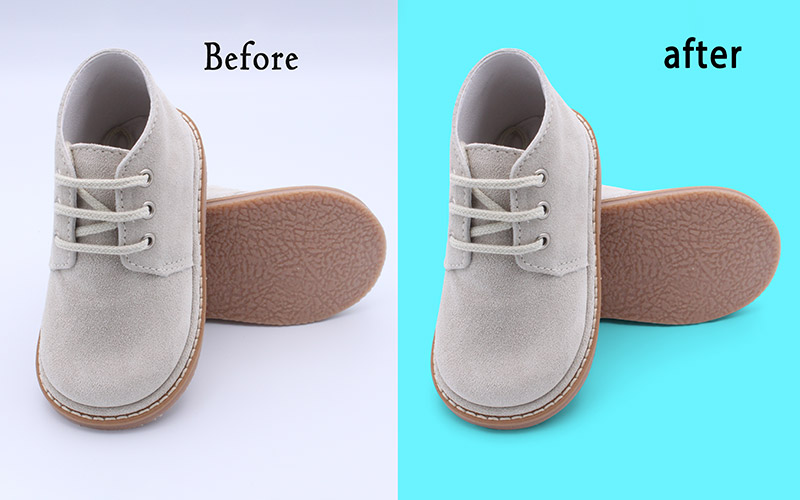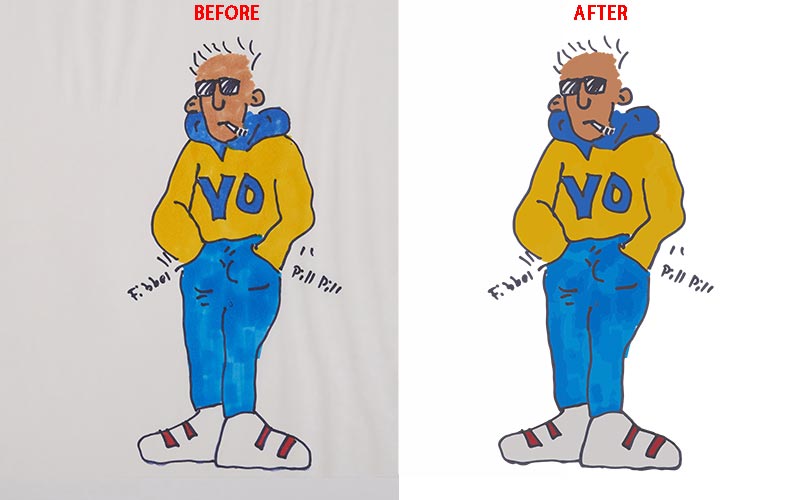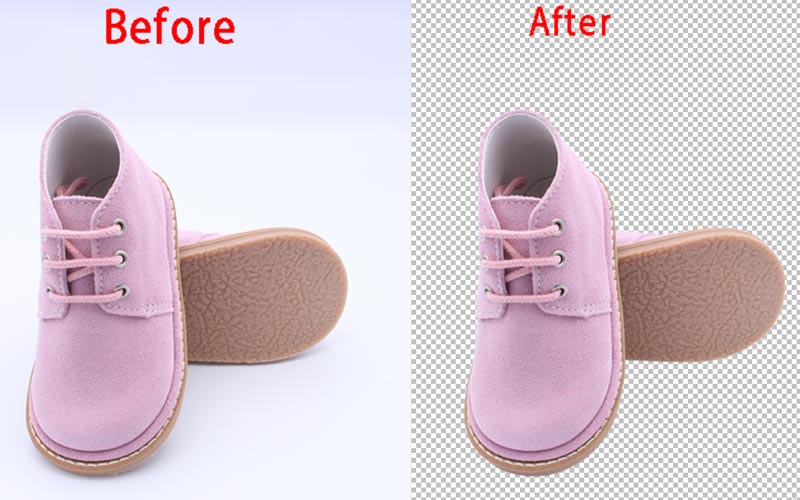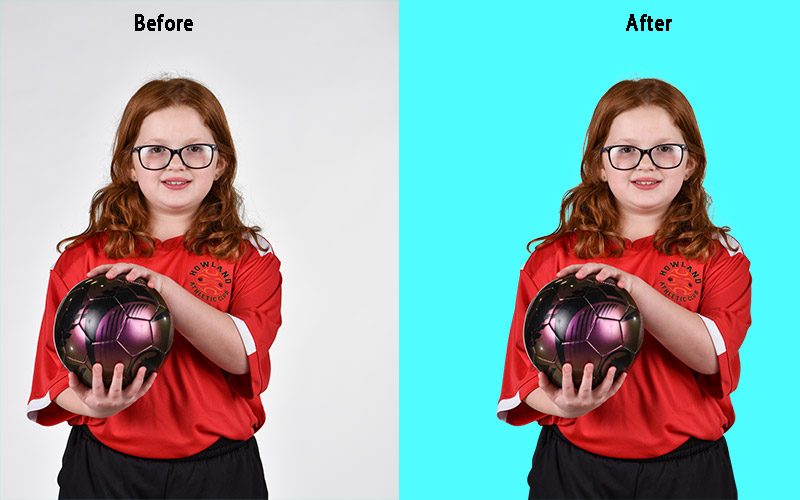Shadow
Price Start from $0.99 or €0.95
The shadow of an image adds depth and dimension, enhancing visual realism. It creates a sense of presence, making objects appear grounded and lifelike. Shadows in images offer a subtle yet crucial touch of authenticity and aesthetics.

Shadow
The shadow of an image, often considered a subtle and overlooked element, is an indispensable tool in the realm of visual storytelling and design. It carries a unique power to imbue depth, dimension, and realism into photographs, illustrations, and graphical compositions. In this comprehensive exploration, we dive into the art of shadows in images, unraveling their significance, applications, techniques, and the profound impact they have on visual communication.
Understanding the Essence of Shadows in Images: Shadows, in the context of visual media, are areas that lack or have reduced illumination, often cast by objects or subjects within an image. They contribute to the perception of three-dimensionality and depth, grounding objects and figures in their environment. Shadows are not just a product of lighting conditions but a critical element in conveying mood, spatial relationships, and visual realism.
Applications of Shadows in Images: The use of shadows in images spans a multitude of creative and practical applications across various industries. Some key areas where shadows play an instrumental role include: Photography: Shadows are essential in photography, shaping the mood, texture, and depth of an image. They can define features, convey emotion, and create captivating compositions. Graphic Design: Shadows in graphic design add a tactile quality to digital artwork, creating the illusion of layers and depth. They enhance visual hierarchy, making certain elements stand out. Web Design: Shadows are employed to create interactive and responsive user interfaces. In web design, they provide a visual cue for clickable elements and help establish the concept of depth and interaction. Architectural Visualization: In architectural rendering, shadows are used to simulate real-world lighting conditions and demonstrate how a building or space would appear in various times of the day. Product Presentation: E-commerce and product photography benefit from the use of shadows to showcase products in an authentic and appealing manner. Shadows can convey texture, form, and context. Illustration: Shadows play a significant role in the world of illustration, contributing to the atmosphere and storytelling. They add weight and believability to characters and scenes. Art and Fine Arts: Shadows in art serve as a fundamental element in capturing the play of light and shadow. Artists employ them to create form, depth, and perspective in paintings and drawings.
Techniques for Creating Shadows in Images: Shadows in images can be generated through various techniques, each offering distinct control over their appearance and effect. Some common methods include: Natural Lighting: Photographers often utilize natural sunlight to cast authentic shadows, emphasizing the subject's contours and textures. Artificial Lighting: In controlled studio environments, artificial light sources, such as spotlights or softboxes, can be used to create specific and controlled shadows. Layer Styles: In graphic design and digital artwork, layer styles in software like Adobe Photoshop allow for the creation of shadow effects, offering precise control over parameters like opacity, distance, and size. Blending Modes: Blending modes, especially in image editing software, enable the blending of shadow layers with the underlying image, resulting in diverse shadow effects. Manual Painting: Some artists and illustrators prefer to hand-paint shadows, granting them complete artistic control over the shadow's appearance and texture. 3D Rendering: In 3D modeling and rendering, shadows are a natural outcome of virtual lighting setups, providing an accurate portrayal of how light interacts with 3D objects. Brushes and Filters: Specialized brushes and filters in graphic design software facilitate the creation of intricate shadow effects, such as cast shadows or soft, diffuse shading.
The Impact of Shadows in Images: Shadows in images hold profound implications for visual communication, offering a spectrum of effects and conveying essential information. Here are some of the ways in which shadows impact the viewer's perception and interpretation: Depth and Dimension: Shadows lend a sense of depth to images, making subjects or objects appear three-dimensional and grounded in their environment. Realism and Authenticity: Shadows replicate the way light interacts with the physical world, adding authenticity and realism to images. Emotion and Mood: The direction and intensity of shadows can influence the emotional tone of an image, from the drama of strong, dark shadows to the soft, gentle tones of diffused light. Visual Hierarchy: Shadows guide the viewer's eye, helping establish a visual hierarchy by making certain elements more prominent and others recede into the background. Context and Environment: Shadows offer clues about the time of day, the environment, and the spatial relationships between objects within an image. Texture and Materiality: Shadows provide cues about the texture and material of objects. Soft shadows may imply a plush surface, while hard shadows may suggest a rigid one. Interaction and Responsiveness: In user interface design, shadows indicate interactivity and the tactile qualities of elements, enhancing the user experience. Storytelling: Shadows are often used to evoke mystery, symbolism, and storytelling, adding layers of meaning to images.
Challenges and Considerations: While shadows in images are a powerful tool, there are challenges and considerations to keep in mind: Balancing Realism and Aesthetics: Achieving the right balance between realistic shadows and aesthetic appeal is a creative challenge. Overly realistic shadows can be distracting in certain artistic contexts. Lighting Control: In photography, controlling the lighting to produce specific shadow effects can be technically demanding, requiring skill and equipment. Consistency: Maintaining consistent shadow styles and directions across multiple images or in a series is essential for creating a cohesive visual identity. Compatibility: When designing for digital platforms, consider how shadows will appear on different devices and screens to ensure a consistent viewing experience.
The Future of Shadows in Images: As technology and design tools continue to advance, the role of shadows in images is set to evolve. Some trends and developments to watch for include: Real-Time Rendering: With the growing capabilities of real-time rendering in gaming and virtual reality, dynamic and realistic shadows will become more prevalent. AI-Enhanced Lighting: Artificial intelligence will play a larger role in automatically generating and optimizing shadow effects in both photography and design. Augmented Reality (AR): In AR applications, shadows will become even more crucial for enhancing the realism and integration of virtual elements into the real world. Experimental Art: Artists and designers are likely to push the boundaries of shadow usage, exploring unconventional and abstract approaches to convey meaning and emotion. Sustainability: With a growing focus on sustainable design, eco-friendly lighting solutions and their impact on shadows will gain attention.
In Summary: Shadows in images, often considered a subtle art, are an integral element of visual storytelling, design, and photography. They wield the power to shape depth, dimension, mood, and realism in visual communication. Whether enhancing the ambiance of a photograph, guiding the user's interaction with a digital interface, or adding layers of symbolism to an illustration, shadows play a pivotal role in capturing the essence of our visually driven world.
Raster to Vector Conversion
Turning Your Images into Vectors Perfection
Price Start from $4.99 or €4.71

Background Remove
Seamless Background Removal Expertise
Price Start from $0.49 or €0.47

Background Erase or Image Masking
Background Erase: Unveil the Essence of Images
Price Start from $1.49 or €1.42
